Christian artist Morgan Weistling publicly denounced Kristi Noem's Department of Homeland Security (DHS) for theft and misuse of his intellectual property—his copyrighted painting A Prayer for a New Life—after DHS retitled his artwork and used it without his permission or knowledge for a White nationalist propaganda post.
The federal department posted Weistling's painting on their official social media accounts, captioned:
"Remember your Homeland’s Heritage."
"New Life in a New Land - Morgan Weistling"
On X, the DHS post received added context, the actual title, from X users.
Weistling also used social media to respond to DHS using art they didn't buy the rights to or get permission to use in an official government campaign.
In a since deleted Instagram post, the artist wrote:
"For those who are wondering, I DID NOT GIVE PERMISSION AND DID NOT KNOW ABOUT THE DHS USING MY PAINTING IN A POST YESTERDAY ON ALL THEIR PLATFORMS."
"IT IS A VIOLATION OF MY COPYRIGHT ON THE PAINTING AND I AM LOOKING INTO WHAT TO DO NEXT"
With the caption:
"I am amazed that they thought they could randomly post an artist's painting without permission. They even re-titled it."
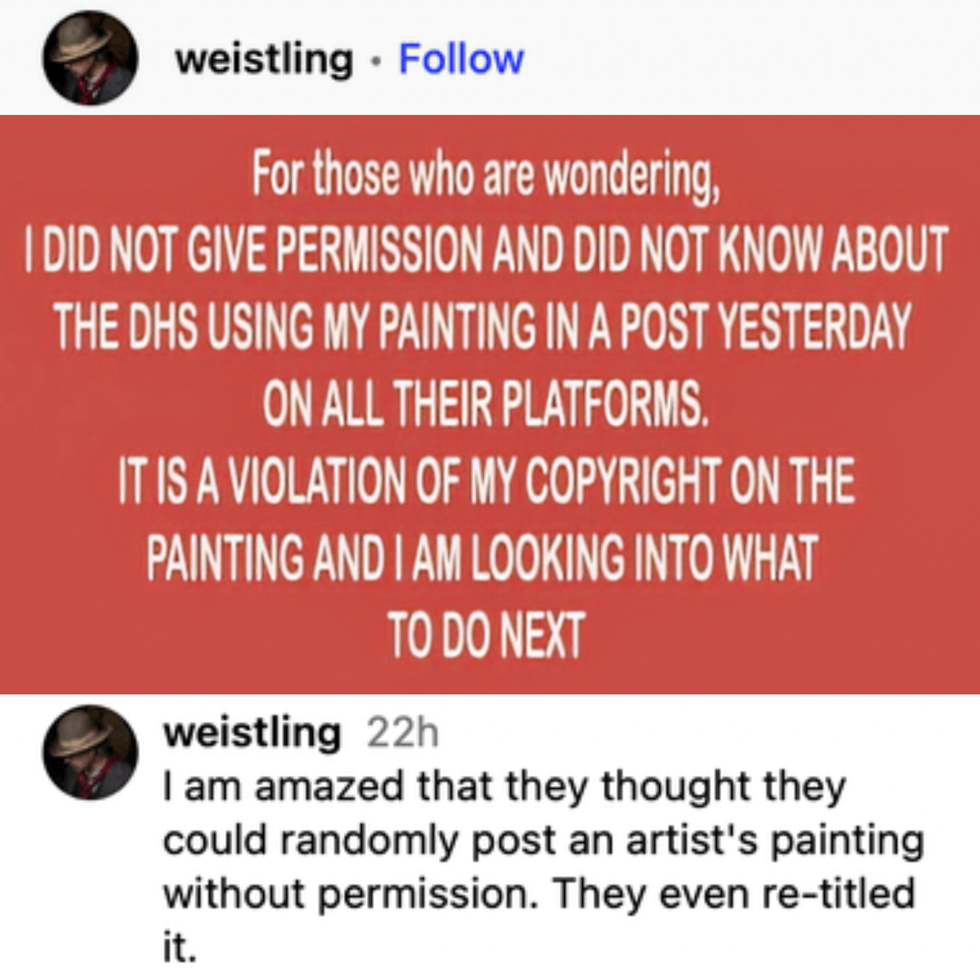
Days after Metallica forced Pete Hegseth to remove their song that DOD used in his video promoting war, the artist who painted a picture that Noem is using to promote deportations is furious his work was stolen by DHS without permission. meidasnews.com/news/exclusi...
[image or embed]
— Ron Filipkowski (@ronfilipkowski.bsky.social) July 16, 2025 at 1:26 PM
How did DHS find and select this specific painting?
Noem's office may have assumed Weistling would be sympathetic to the Trump administration's racist and xenophobic agenda because of the company he keeps.
The internet sleuths on Reddit found that Weistling licenses and sells his art through right wing anti-LGBTQ+, anti-reproductive freedom, pro-Christian nationalism Evangelical Christian "church," Focus on the Family.

Considered a parachurch due to having no actual church or services, founder James Dobson declared Focus on the Family a tax exempt church, claiming it is "primarily to protect the confidentiality of our donors."
Reminiscent of Noem's memoir title, this isn't her first rodeo pilfering artwork.
Earlier this month, DHS pinched a painting from late artist Thomas Kinkade. This time the call to action was to "Protect the (1950s White suburban) Homeland" depicted in the painting.
People are getting the message loud and clear, but felt DHS missed a few details.








DHS's White nationalist propaganda is also being called out online for its inaccurate portrayal of how the United States was colonized and settled.
Ignoring the fact their "Homeland Heritage" excludes almost all Black, Indigenous, Asian, Latino, and Middle Eastern citizens of the United States, it also excludes most White people.
Like most Christian nationalist, White supremacist, and White nationalist rhetoric and propaganda, the "Remember your Homeland’s Heritage" caption touches on a romanticized, inaccurate history of the United States that's mostly Hollywood Heritage.
Covered wagons and westward expansion made for great TV shows and movies, but only a fraction of American citizens have any direct connection to those settlers because there were very few of them. Historically speaking, the wagon train era was little more than a blip on the national radar, having little to no overall impact outside of the fiction inspired by it.
The period of wagon trains lasted only about 40 years, from 1840 to 1880, with most settlers either stopping at established communities like Cincinnati, St. Louis, Kansas City, and Minneapolis instead of on the open plains.
And many settlers were only passing through on their way to the Pacific coast where gold had been discovered—a journey already possible by ship and by 1869, possible by the intercontinental railroad.
From 1880 to 1930 is when European settlers first made their presence known as permanent residents on the prairies depicted in Weistling's painting, thanks largely to rail and then automotive travel, after covered wagons were obsolete. Between 1950 and 2007, the Great Plains region's population more than doubled from 4.9 million to 9.9 million people, which is still sparse at best.
One thing DHS's chosen moment can boast is it was a path undertaken almost exclusively by White Christians.
Perhaps that's the message from the Trump administration—that only White Christian history should be recognized as our Homeland’s Heritage.




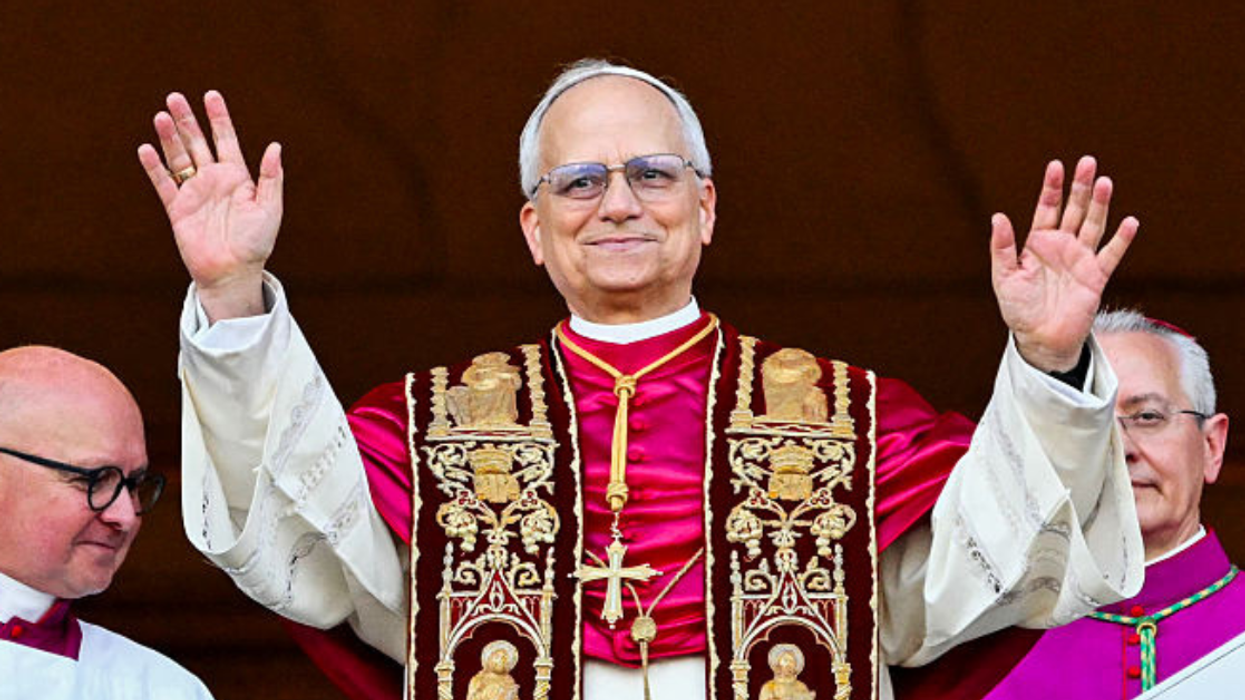


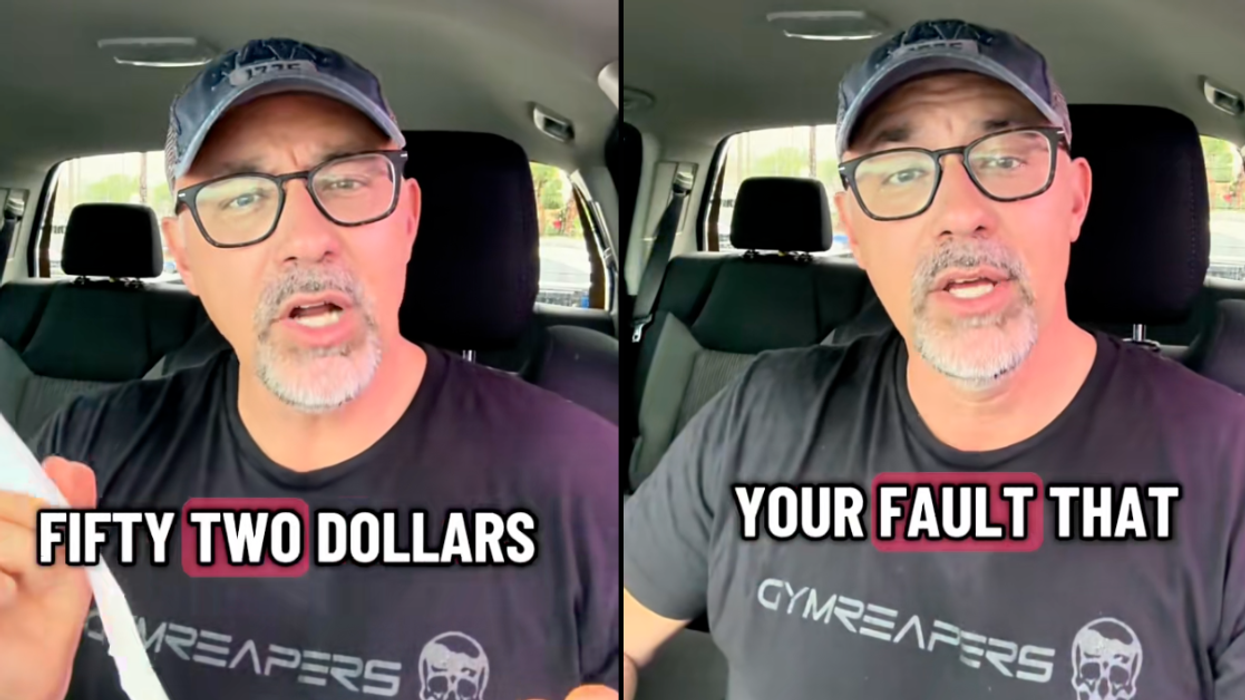
 @mattrieck/TikTok
@mattrieck/TikTok @mattrieck/TikTok
@mattrieck/TikTok @mattrieck/TikTok
@mattrieck/TikTok @mattrieck/TikTok
@mattrieck/TikTok @mattrieck/TikTok
@mattrieck/TikTok @mattrieck/TikTok
@mattrieck/TikTok @mattrieck/TikTok
@mattrieck/TikTok @mattrieck/TikTok
@mattrieck/TikTok @mattrieck/TikTok
@mattrieck/TikTok @mattrieck/TikTok
@mattrieck/TikTok


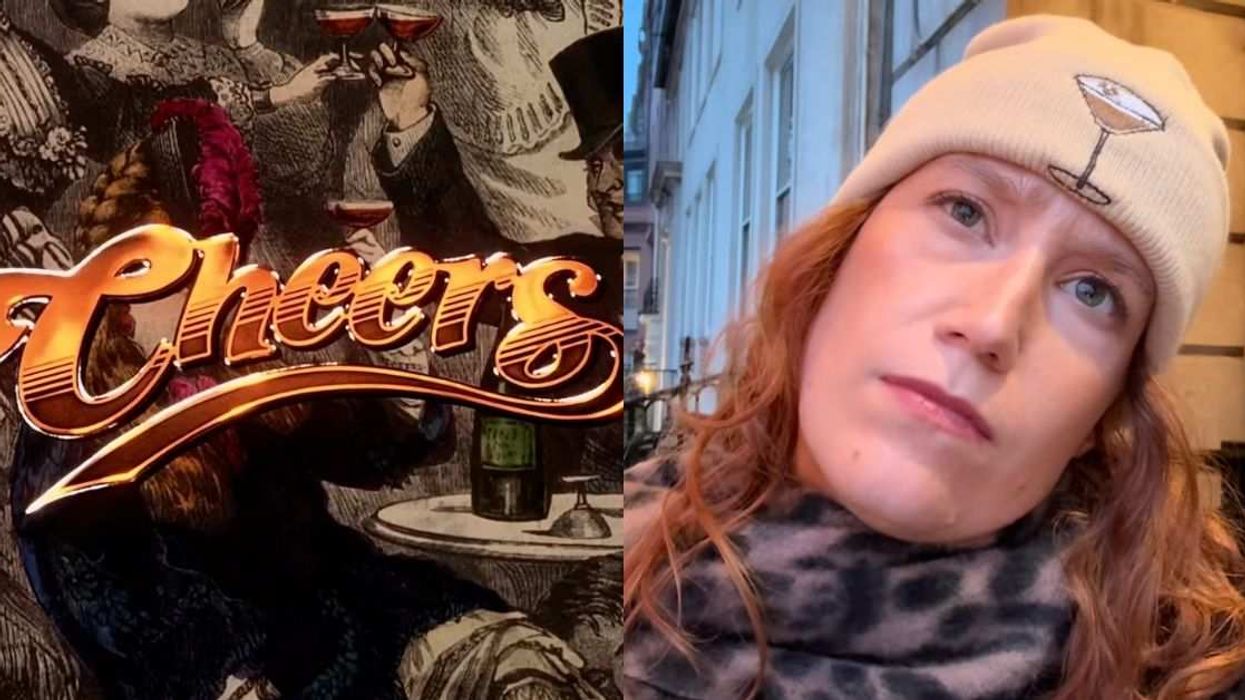



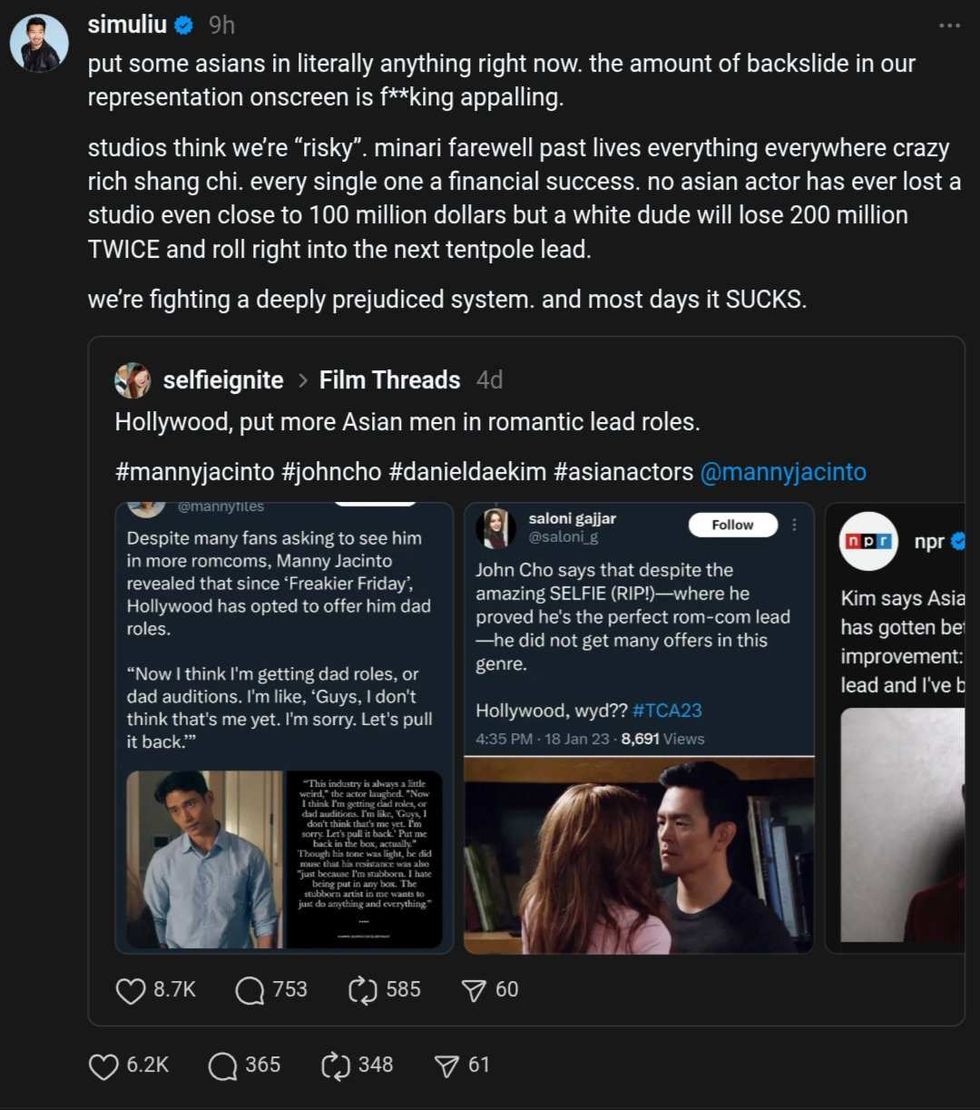 @simuliu/X
@simuliu/X
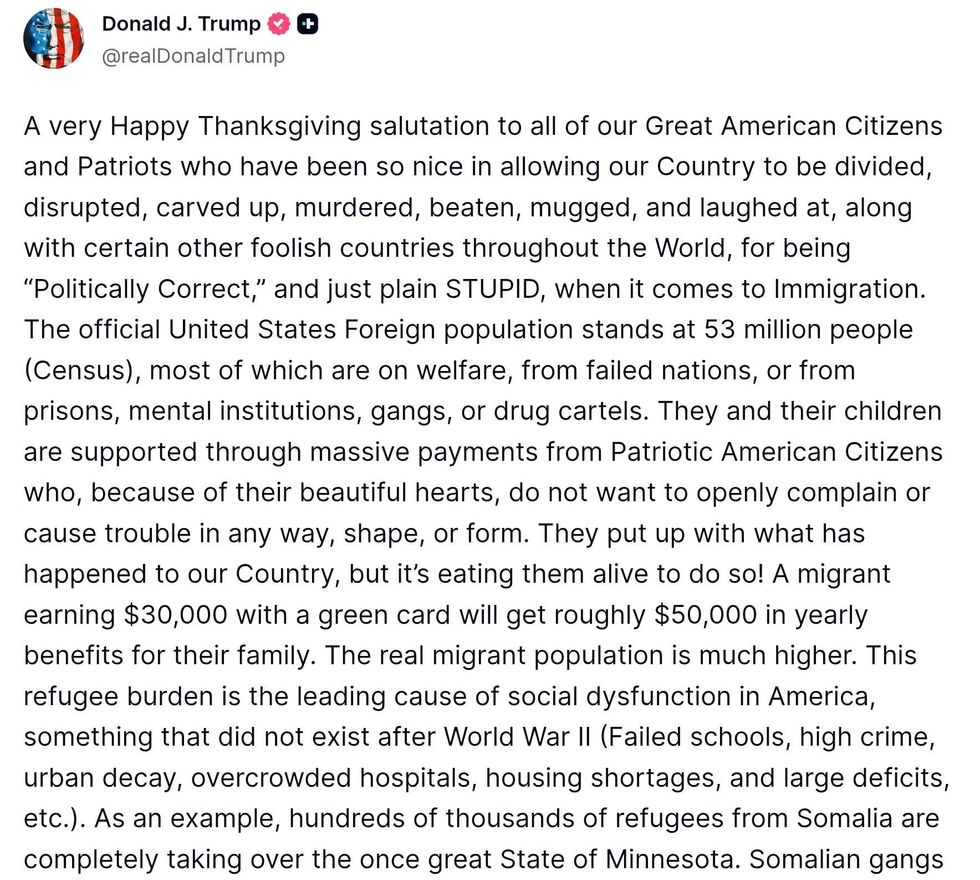
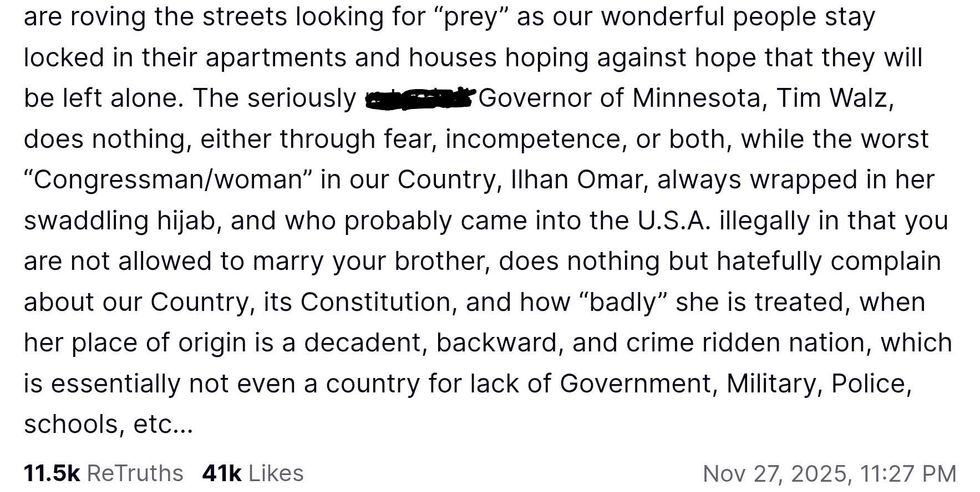 @realDonaldTrump/Truth Social
@realDonaldTrump/Truth Social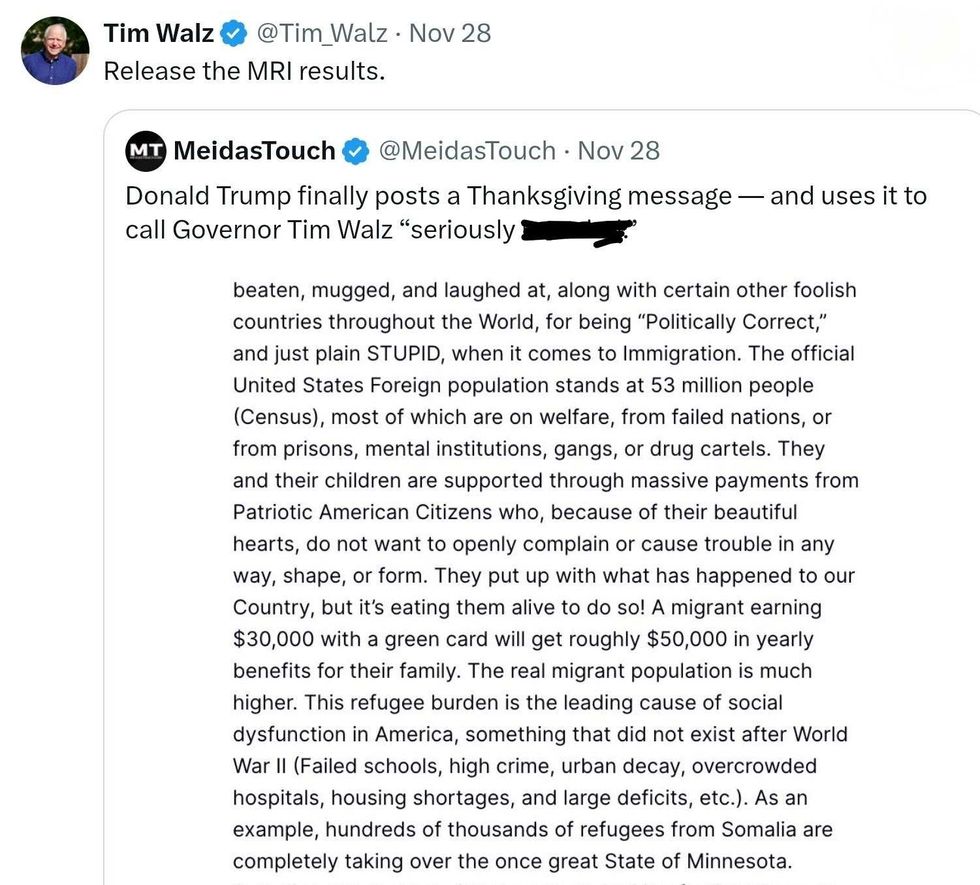 @Tim_Walz/X
@Tim_Walz/X